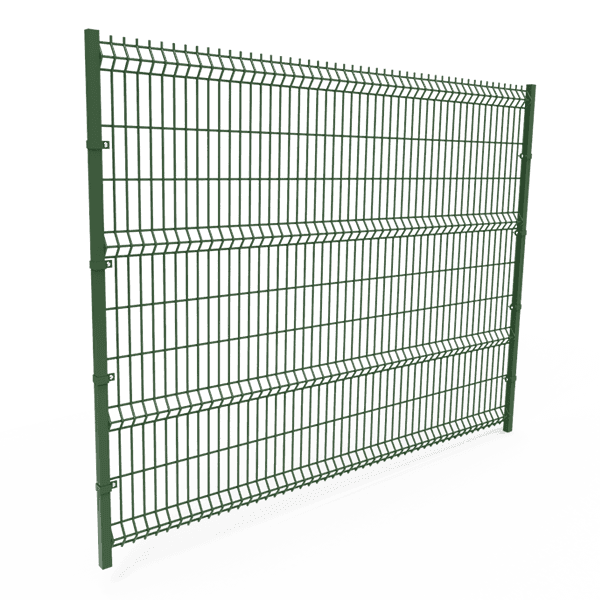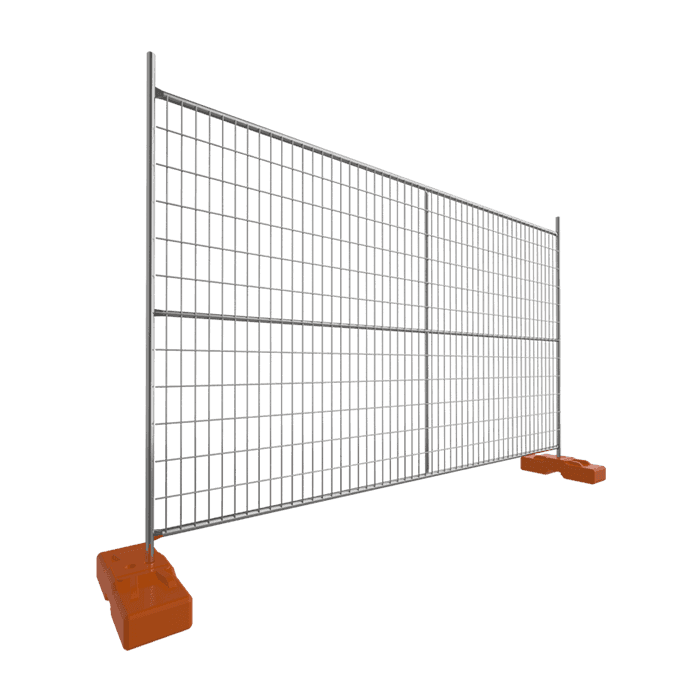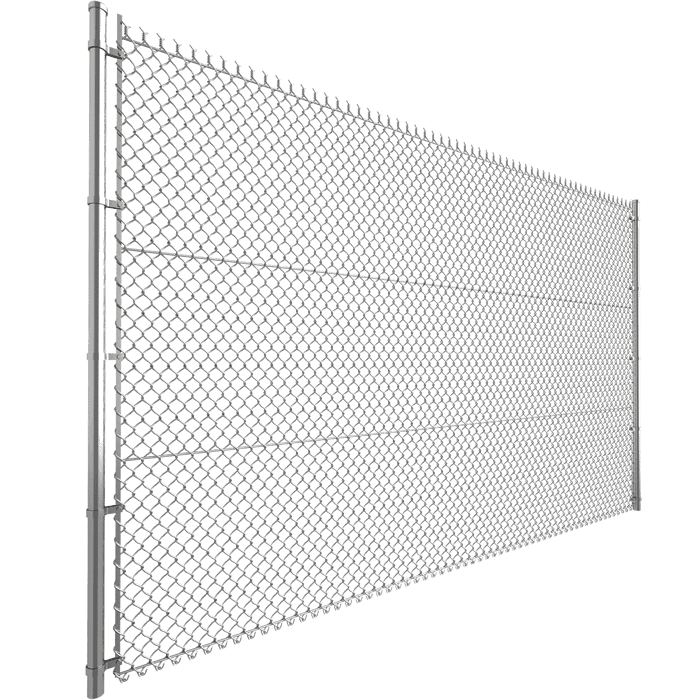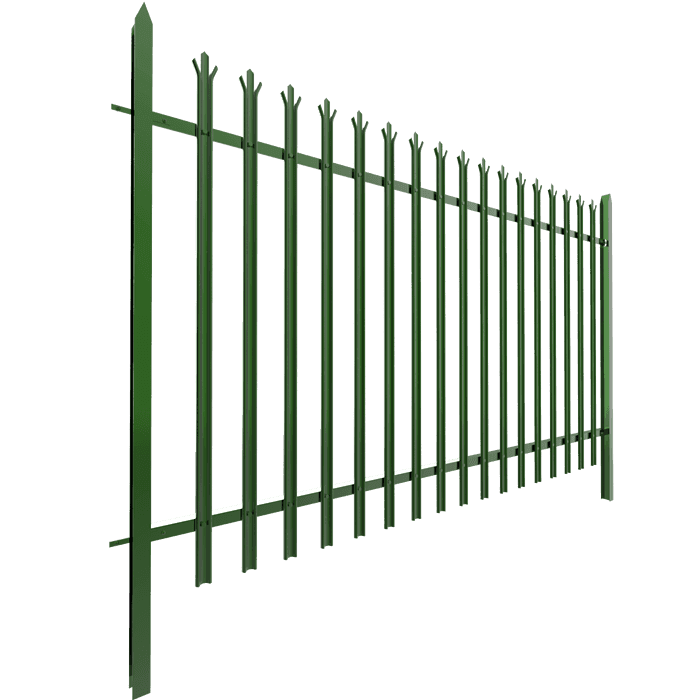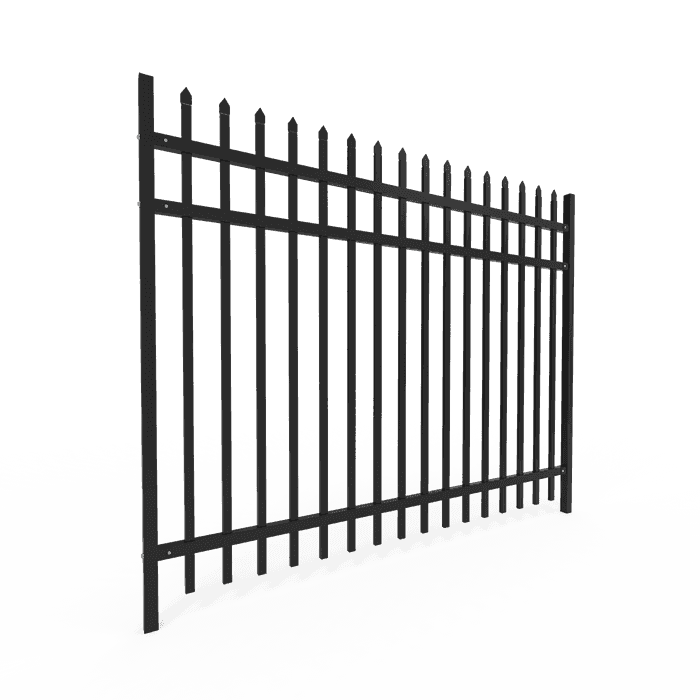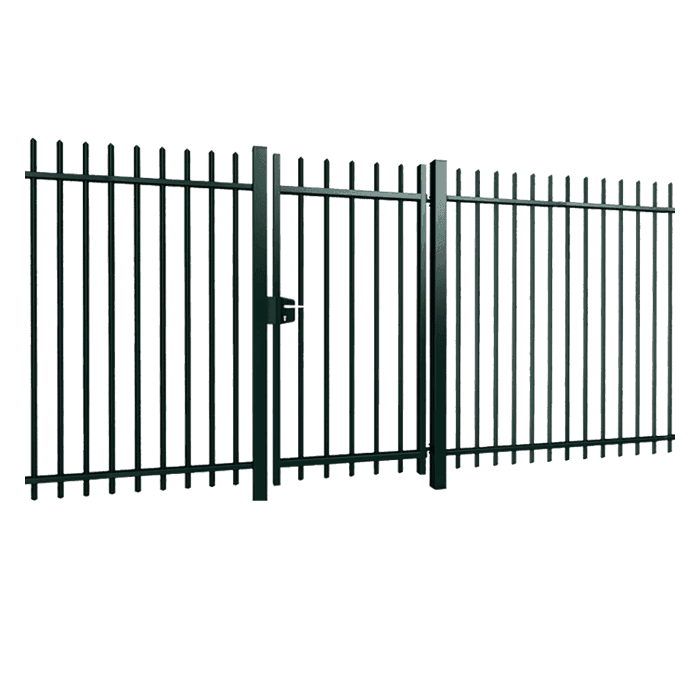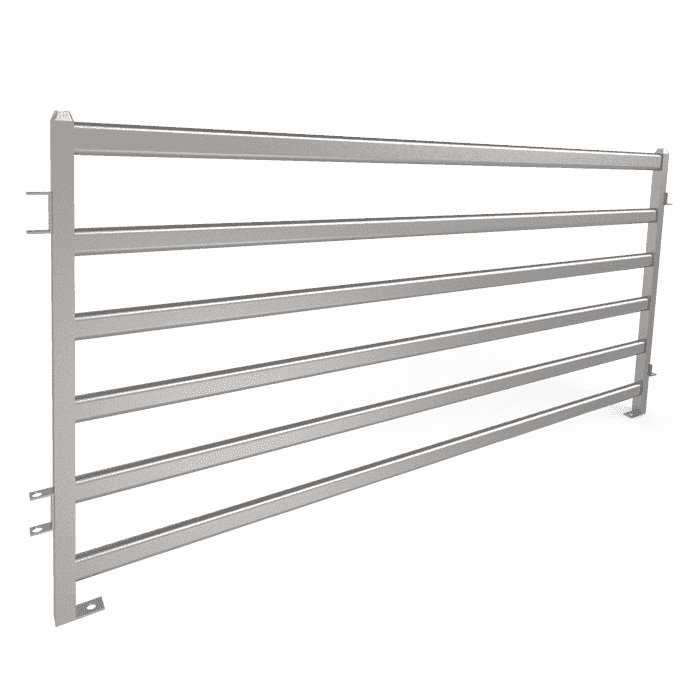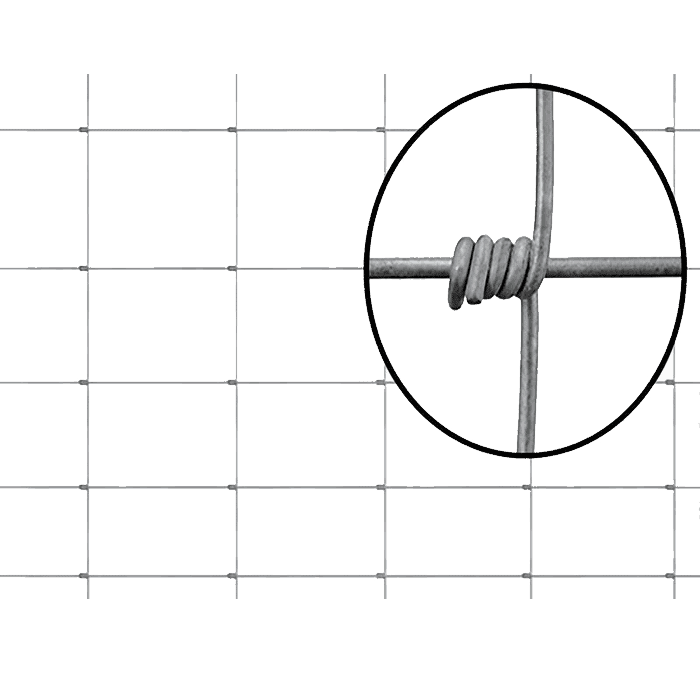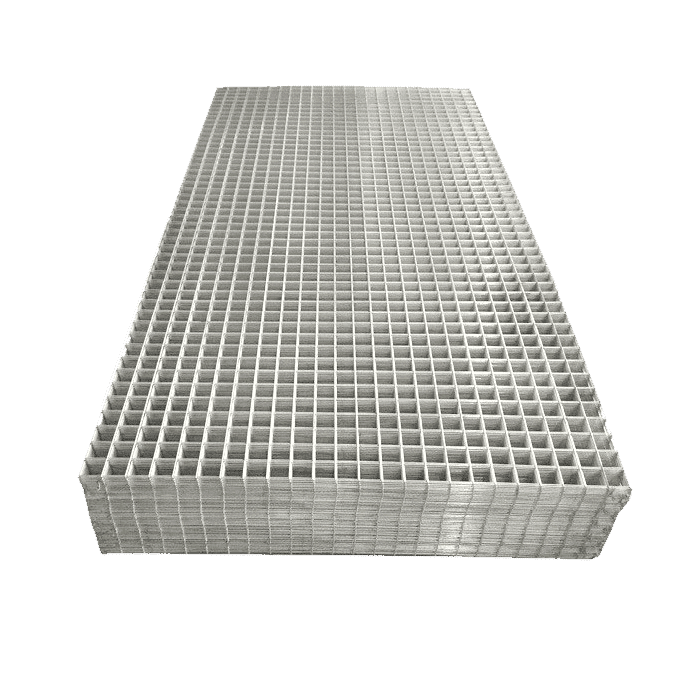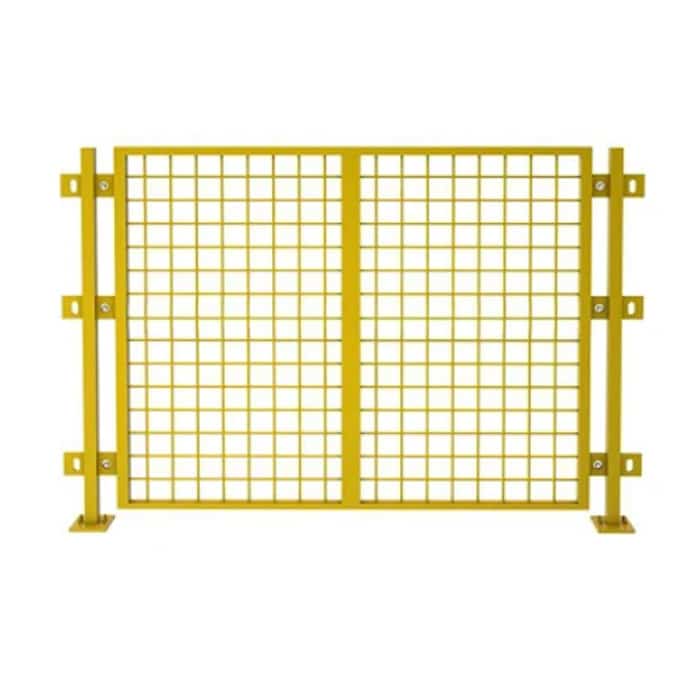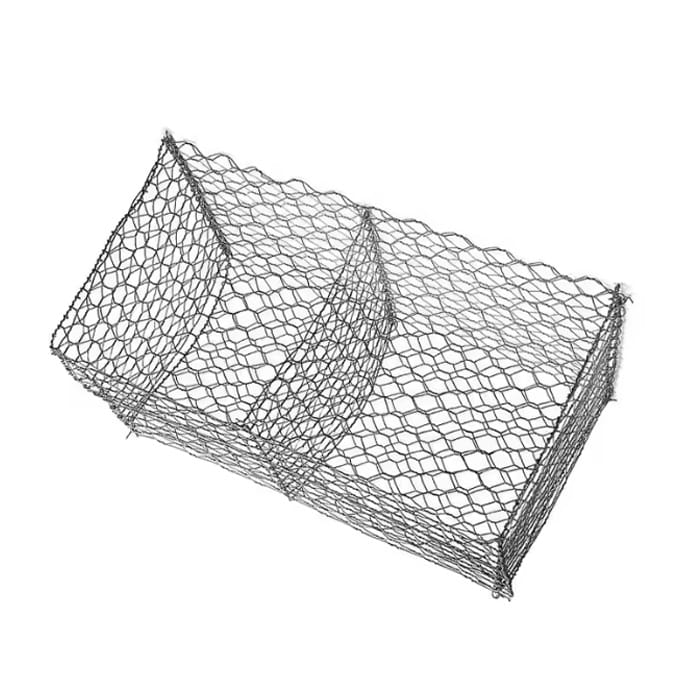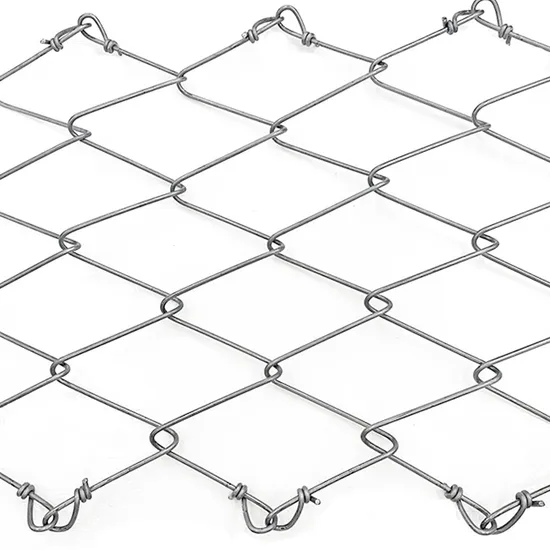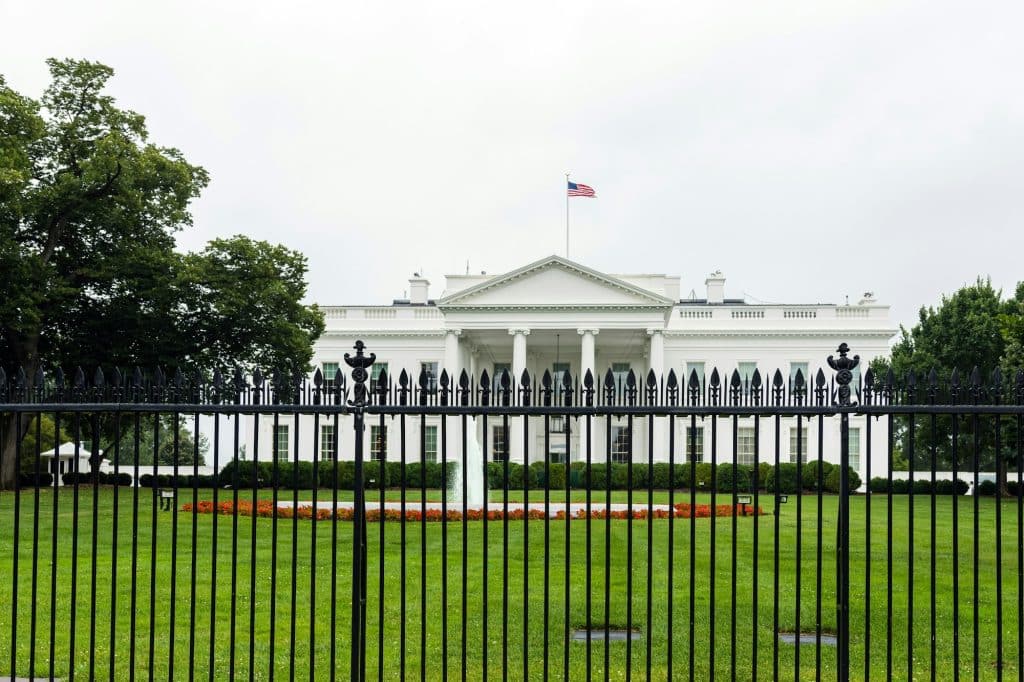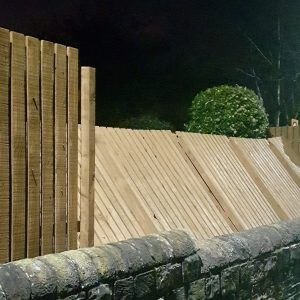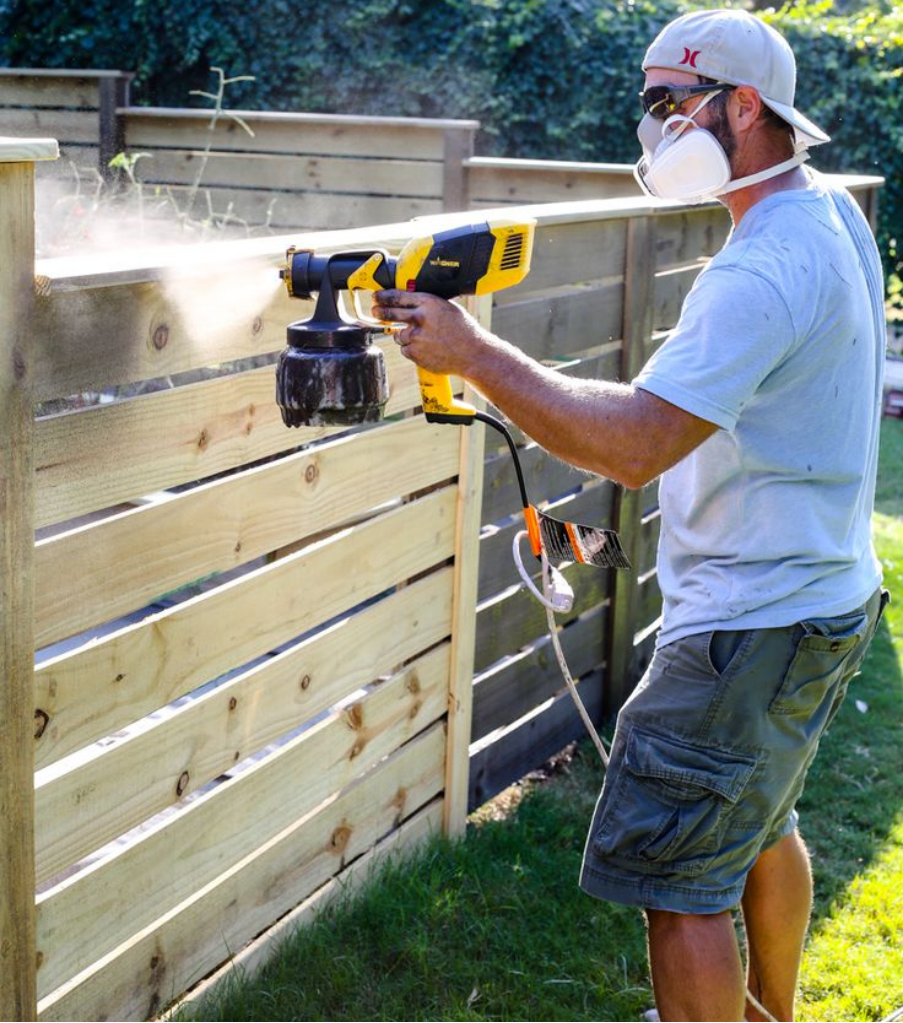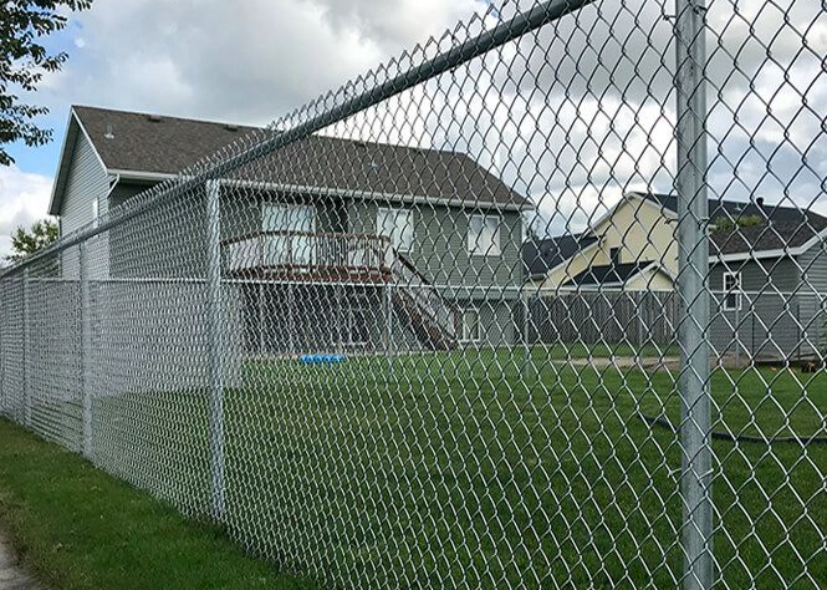If you’re considering fencing your property, you’re in the right place. It’s crucial to understand the costs of purchasing and installing a fence. In our guide today, we aim to break down the integral factors that influence fence prices: material, size, style, and installation.
We’ll talk about widespread fence types such as wood, vinyl, chain-link, and steel to explain how their material, complexity, and maintenance needs can affect their prices. Also, we’ll discuss specific fence options and provide estimated prices for purchasing and installing them.
By the end of the article, you’ll be empowered to make exact decisions regarding purchasing your fence based on your budget and needs. Read on to find out everything.
Table of Contents
Understanding How Fence Prices Are Calculated
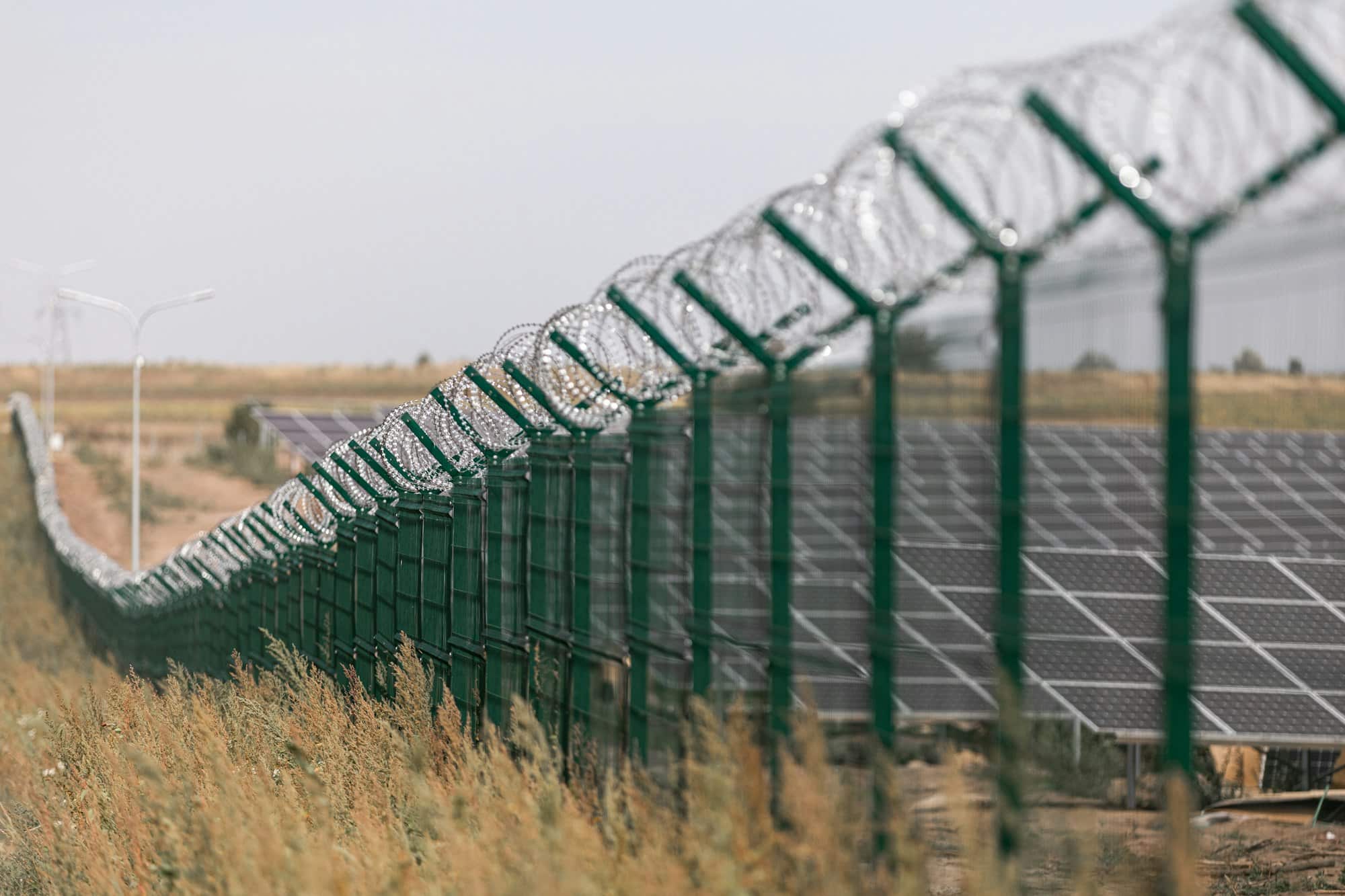
To calculate fence prices, several essential factors should be considered. These factors are mainly about material, size, style, and installation costs. The whole process usually starts with determining the fence material, including wood, steel, vinyl, aluminum, or chain-link.
- Material Selection: Each material has different costs and benefits. For instance, wood fences have a classic aesthetic but demand recurring maintenance, while steel fences are mighty but are generally pricier. Also, vinyl fences require negligible maintenance but can be pricier than wood, while chain-link fences are more affordable but offer less privacy.
- Size and Style: The size of the fence is usually measured in linear feet and the length of each section is considered. The style of the fence—including traditional picket fences, privacy fences, ornamental fences, or something else—can also alter the cost because they need different materials and labor.
- Installation Costs: This is a significant part of the total price. Factors such as the terrain, accessibility, labor rates, and any additional features like gates or decorative elements may affect the installation cost. Complex installations—such as those with steep slopes or rocky terrain—may demand more labor and as a result, more expenses.
That said, it’s safe to say that fence prices are calculated based on the type of material, the size and style of the fence, and the installation costs as critical factors that affect the price. You definitely need to assess all these factors and talk to reputable contractors to make a choice that matches your taste and budget.
How Different Fence Types Have Different Prices
Now that you understand how fence prices are calculated, it’s needless to say that different fence types have different prices. That’s mainly due to variations in their materials, construction methods, and maintenance demands.
As we explained earlier, the material of a fence can significantly affect the fence price. Also, the complexity of constructing different fence types can affect the final price. Ornamental fences or steel fences with intricate designs and custom fabrication are pricier, but simpler chain-link fences are more affordable.
The long-term maintenance requirements of each fence type also affect the price. Vinyl and aluminum fences demand negligible maintenance, but wood fences may need regular upkeep. The lower maintenance needs of some materials can balance their higher upfront cost.
That said, the price differences among fence types are a result of variations in their material quality, construction complexity, and long-term maintenance. This allows homeowners to weigh these factors and make the best choice based on their budget and needs.
So, How Much does a Fence Cost?
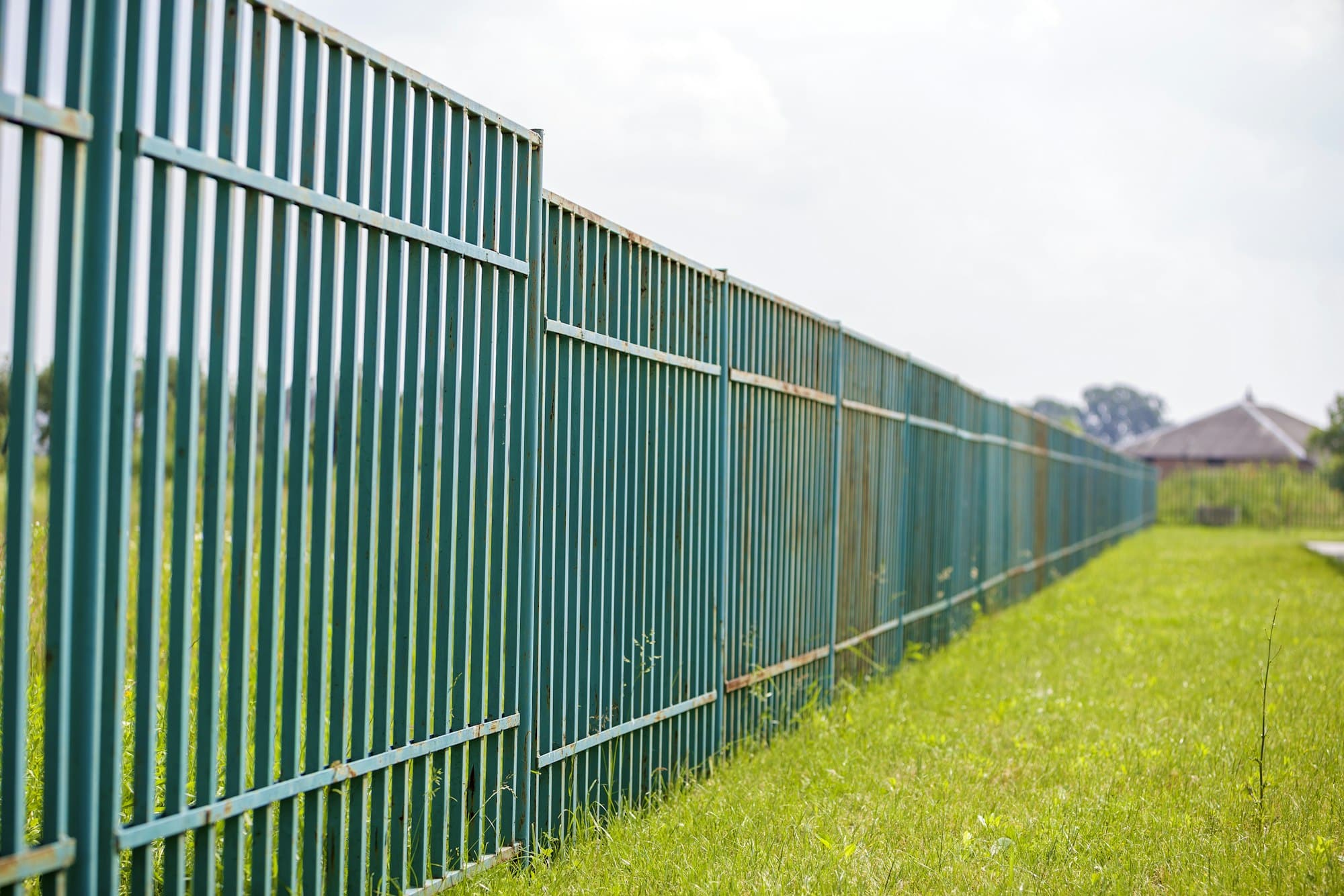
Without further ado, let’s get to the main question of this post. Below, we’re going to review diverse types of fences to see how much each one costs approximately.
01. The Purchase Price Range for Welded Wire Fences
Welded wire fences are among the cost-effective fence options to secure your house. Their price swings on several factors, including wire gauge (thickness), height, and roll length.
Generally speaking, a 4-foot high, 50-foot roll starts around $35 for lighter gauge wires (16 gauge). This configuration can be suitable for basic garden fencing. These thinner wires come with less construction power and might not be an ideal choice for containing large animals.
If you have some pets you need to contain, you can go with a stronger 12.5 gauge wire. This configuration will boost the price to around $80-$125 if the roll is similar to the previous configuration.
Lastly, if your project is larger, you can choose a lengthier roll. If you go with a 100-foot roll, for example, the price can range between $240 and $460. Despite the higher price, this configuration can provide you with higher security and contain stronger animals.
02. The Purchase Price Range for Temporary Fences
Temporary fences come with diverse options for construction sites and events, or securing areas around your property. The purchase price of these fences hinges on several factors, including the type of fence, materials used, and the fence length.
If your budget is limited, you can choose a cost-effective option such as orange mesh fencing. These rolls are usually 4 feet in height and almost 60 feet in length. They cost around $60. Although these fences aren’t among the strongest options, they provide you with a good amount of visibility.
If you can spend more on your project, chain link fences can be a great option. These fences are a popular choice that offers higher levels of security. You can expect to pay as much as $100-$150 for a similar-sized panel (more on chain link prices below).
The most expensive option here is typically welded wire fencing panels. These fences come with a stronger formation but cost more—around $150-$200 for a 6-foot high, 12-foot panel.
03. The Purchase Price Range for Chain Link Fences
Chain link fences come with a delicate balance between affordability and durability. The price of these popular fences depends on several factors such as materials, height, and length.
In the case of material, standard galvanized steel comes with rust resistance. Vinyl-coated or powder-coated finishes are more decorative but cost more. Bare metal is the least expensive option but is also the weakest.
For height options, taller fences are pricier, though they’re more secure. A standard 6-foot fence is generally affordable but an 8-foot fence can be significantly more expensive for most buyers. Also, in the case of length, it’s needless to say that lengthier options will cost more but are more cost-effective per foot than shorter ones.
Here are some estimates in the case of price:
- To purchase materials, you can expect to pay $4 to $15 per linear foot.
- The costs of installation will add another $5 to $15 per foot.
- A 6-foot fence, including installation, can cost $10 to $20 per linear foot.
- An 8-foot fence with installation might cost $12 to $34 per linear foot.
04. The Purchase Price Range for Palisade Fences
Palisade fences are recognized for their pointed tops and high security. The price of these fences swings on various factors, the most integral of which is the panel material and size.
The price of basic panels made from thinner gauge steel (around 2mm) and 6 feet in height can start at $15 per square foot. This option is rather secure, but not for high-risk areas.
For elevated strength, thicker gauge steel (around 3mm) and taller panels (8 feet) are more appropriate, but they boost the price to $25-$30 per square foot. Additional features like powder coating or special top styles can raise the price more.
Keep in mind that these prices are just for the panels. The cost of installation can add another layer of expenses as it typically costs between $5 and $10 per linear foot of fence.
05. The Purchase Price Range for Steel Fences
Steel fences are among the popular fence options for homeowners. The price of these fences depends on some factors such as the type, height, and features.
- Basic Steel Fencing: These fences include chain link and corrugated fences. They provide proper security and some privacy at a budget-friendly cost. You may need to pay $20-$55 per linear foot of these fences for heights between 3 and 8 feet.
- Steel Picket Fences: These fences are more decorative and cost more. Their prices vary between $40 and $70 per linear foot, generally depending on the design and height.
- Privacy Steel Fences: Solid steel panels come with maximum privacy and an elegant look. They’re the most expensive option as they cost between $30 and $70 per linear foot for 3 to 7-foot heights.
06. The Purchase Price Range for Fence Gates
Fence gate prices can heavily hinge on size, material, and automation. Simple wood or vinyl pedestrian gates for residential fences may start at roughly $150-$200 for a basic 4-foot width.
If you add the height or choose a stronger material like wrought iron, the price can easily get doubled to $400 or more. Automation can also boost the price; automatic driveway gates may reach even $2,000 and above.
07. The Purchase Price Range for Corral Panels
Corral panels are mainly employed to encircle livestock. They come with diverse prices that depend on their size, strength, and brand. Here is a breakdown of their prices:
- Light-Duty Panels: These panels are ideal for smaller animals like sheep or goats. An average 4’x8′ panel can cost somewhere roughly between $50 and $70.
- Standard Panels: These panels are appropriate for the majority of cattle and horses. These 6’x12′ or 16′ panels are known as the most prevalent option and cost between between $100 and $150.
- Heavy-Duty Panels: These panels are built to contain large or aggressive animals. You can expect to pay as much as $160 for them, which may reach even $200 based on the exact size.
08. The Purchase Price Range for Field Fences
Field fences are widely recognized for heightened durability in containing livestock. They come at varied prices based on their length, gauge, and style.
In the case of length, prices typically jump as the length of the fence increases. Obviously, a 100-foot roll will come at a higher cost than a 50-foot roll of the same gauge and height.
Speaking of wire gauges, thicker wires (lower gauge numbers) are stronger but more expensive. For example, a 12.5 gauge roll will cost more than a 16 gauge roll.
In the case of style, two main styles can affect the final price: square deal and knot fence. The square deal style is generally the less expensive option because of its simpler knot design.
Here is the breakdown of the price of these fences:
- A 50-foot roll of 16 gauge square deal fence can cost roughly $200
- A 12.5 gauge knot fence may cost $250-$300 for a similar 50-foot roll.
- A 100-foot roll can cost between $400 and $800.
09. The Purchase Price Range for Wire Mesh Fences
The price of wire mesh fences can swing on different factors such as gauge, mesh size, and length. Thicker wires are more powerful but more expensive. A thin 16-gauge fence can cost $35-$75 for a 4-foot high, 50-foot roll. Upgrading it to a 12.5-gauge wire can raise the price to $80-$125 for a similar roll.
In the case of mesh size, smaller mesh openings come with elevated security for smaller animals but are generally more expensive. Also, longer rolls are more cost-effective per foot, though they demand higher upfront investment. A 100-foot roll can cost $240-$460 compared to a 50-foot roll.
How Much Does it Cost to Build a Fence?
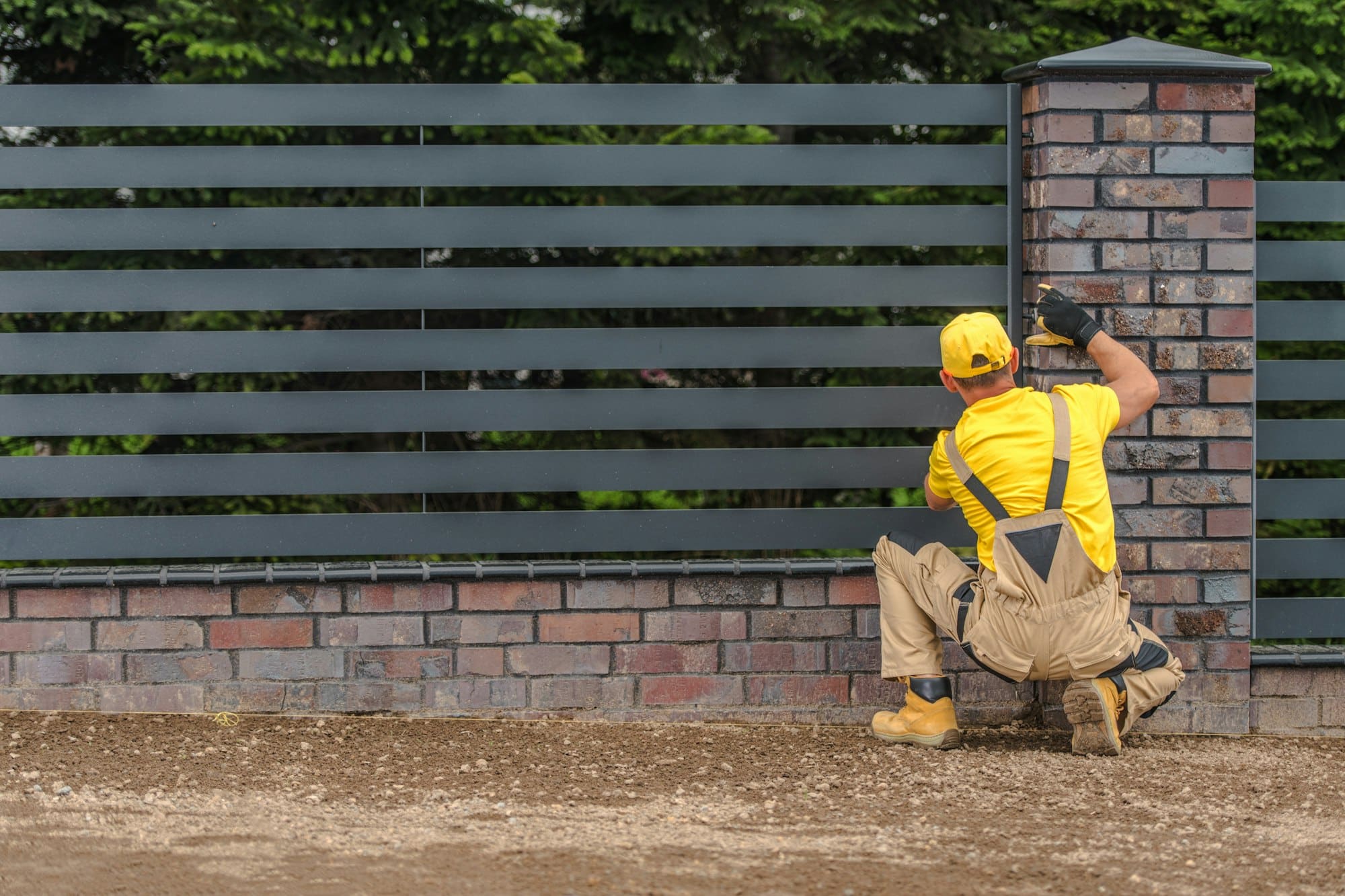
The total cost of building a fence on your own depends on two primary factors: materials and tools. The material is the more influential factor and contains the type, length, and quality of the fence.
For fence types, it’s obvious that prices vary hugely based on the type of fence. Wood, for example, is more affordable than options such as vinyl and wrought iron. In the case of length, everyone knows that lengthier fences will cost more. Also, speaking of quality, materials with higher quality can cost more upfront but last much longer.
In the case of tools, you need to know that several critical tools are necessary for the installation, especially if you don’t already have them. These tools can include options such as a post hole digger, saw, hammer, level, tape measure, etc.
It’s generally estimated that a low-cost fence (DIY) will cost around $5- $15 per linear foot (materials only). Also, a medium-cost fence (DIY) can cost roughly $15-$30 per linear foot (materials only). As for tools, you may have to spend as much as $200-$350 if you don’t already have anything.
Keep in mind all the prices in this post are estimates. The final cost can vary based on your location and retailer. The best approach is to get quotes from farm supply stores or fencing specialists to have a brighter view of the total expense in your area.
Related Post might be HELPFUL to you: Recommended 15 Best Field Fence in the world

